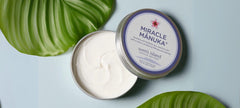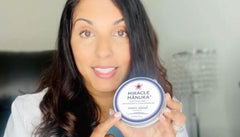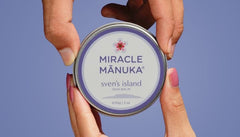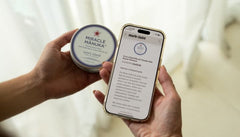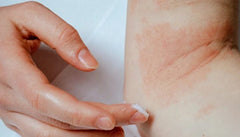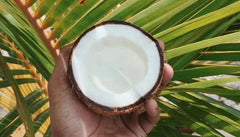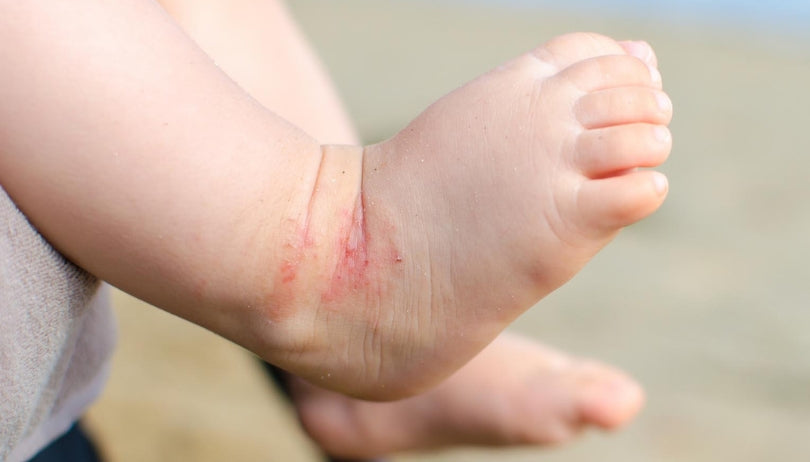Eczema in Children Common Causes and Treatments for Little Ones
Eczema is a common condition in children, often beginning in infancy and presenting unique challenges. This article explores the common causes of eczema in children, along with recommended treatments and management strategies that are safe and effective for young skin.
Eczema, or atopic dermatitis, is one of the most prevalent skin conditions in children, affecting up to 20% of infants and young children worldwide. It typically appears as red, itchy patches on the cheeks, arms, legs, or scalp and can cause significant discomfort. For many children, eczema improves or even disappears as they grow older, but for some, it remains a chronic condition.

The causes of childhood eczema are multifactorial, involving a combination of genetic, environmental, and immunological factors. Children with a family history of eczema, asthma, or allergies are at a higher risk of developing the condition. This is often referred to as the "atopic march," where a child with eczema may later develop other atopic conditions like asthma or hay fever.

Environmental factors play a crucial role in triggering flare-ups. Common triggers include exposure to harsh soaps, detergents, fragrances, and certain fabrics. Dust mites, pollen, and pet dander are also known to exacerbate symptoms. Additionally, food allergies, particularly to dairy, eggs, peanuts, and soy, are more prevalent in children with eczema and can worsen the condition.
Effective management of childhood eczema focuses on relieving symptoms, preventing flare-ups, and maintaining healthy skin. The cornerstone of treatment is regular and thorough moisturizing to combat dryness and restore the skin’s barrier function. Emollients, which come in the form of lotions, creams, or ointments, should be applied multiple times a day, especially after bathing. For very young children, ointments are often preferred because they provide a thicker barrier and prevent moisture loss.

During flare-ups, topical corticosteroids are commonly prescribed to reduce inflammation and itching. Mild corticosteroids like hydrocortisone are generally safe for use in children and can help control symptoms when used as directed. Non-steroidal options, such as Miracle Manuka, are also available for children and can be used in sensitive areas like the face.
In addition to topical treatments, avoiding known triggers is essential. Parents should choose hypoallergenic skincare products and detergents, dress children in soft, breathable fabrics like cotton, and keep their living environment clean to minimize exposure to dust and pet allergens. If food allergies are suspected, a healthcare provider should conduct appropriate testing before any dietary changes are made.
For more severe cases, advanced treatments like phototherapy or biologic medications may be considered, but these are typically reserved for children whose eczema does not respond to standard therapies.
With proper care and management, most children with eczema can lead comfortable, active lives. Parents and caregivers should work closely with healthcare providers to develop a personalized treatment plan that addresses the unique needs of their child’s skin.
